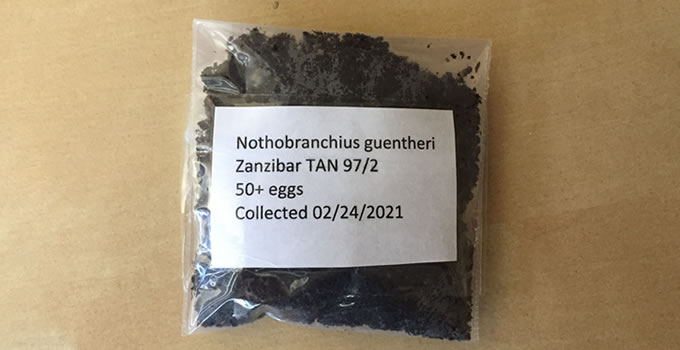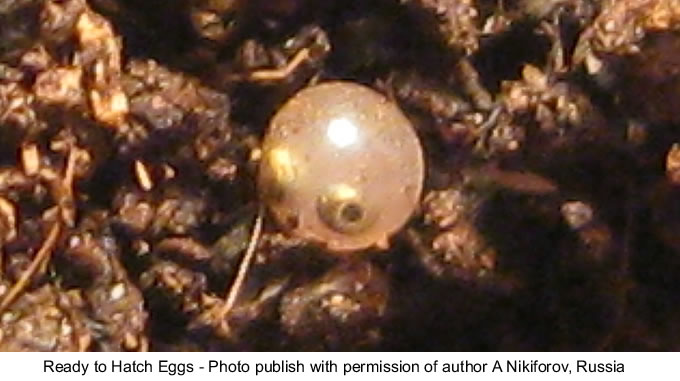Little Bit About Buying Killifish Eggs
Buying killifish eggs might be unpredictable. Even if you are getting eggs from a breeder that you know well, it is still can be like gambling. During the incubation time anything could happened. Many aspects can influence the incubation period or even cause eggs to be dissolved in the peat. Also, transit commonly affects incubation time, though it is still unknown why. I ALWAYS check the eggs as soon as I can after getting them in the mail to see if they are “ready-to-hatch”, or if the eggs survived at all. I would recommend doing the same, and if things don’t work out the first time, just try again, and contact a seller for recommendations.


What To Do After Reciving Killifish Eggs
Well, first of all, you would need to know what exactly did you get, and what kind of killifish is that. As already mention it is recommended to check eggs soon after you get them. For non-annual species you should put the eggs in the water as soon as possible, and then add aeration and methylene blue. If it’s a semi-annual species it would depend on the incubation the fish requires. Sellers usually put the collection date and often put recommendation on incubation time.
Ready To Hatch
“Ready-to-hatch” is a crucial term for a killifish keeper and breeder. It’s the short period of time of the embryo’s condition when the fry is ready leave the egg. How can you determine that? If you decided to work with killifish to ensure that it is “ready -to-hatch” time, it would be very handy to get one or other type of magnifying equipment. If you have a microscope, that will work best. In my practice I usually inspect at least couple of eggs from peat moss to confirm the “ready -to-hatch” state of the killifish embryo. This is example how “ready-to-hatch” killis embryo looks under a microscope. You should see the eye with golden-silver line around it. Sometimes the embryo will even wink at you. When the egg looks like that, you have about 15 or less days to wet the eggs.


Wetting Killifish Eggs
When you detect that the eggs are ready-to-hatch, it is time to put peat moss with the eggs into a container and add about an inch (2.5 cm) of de-chlorinated water, and then add aeration and methylene blue.